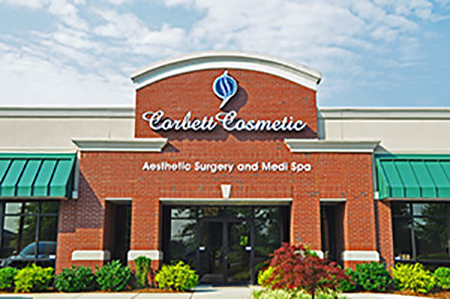A Rhinoplasty, typically known as a “nose job”, is an operation intended to change the shape/apperance of your nose. The procedure is done in an OR and almost always requires a deep sedation if not a general anesthetic. It is not typically a very long operation, usually lasting less than an hour. Afterward, most patients go home but some do stay.
So what are we doing when we ‘do’ a nose. Well, the most common manuevers involve taking down a hump on the back of the nose, straightening a crooked nose, or working on the tip of the nose to make it smaller, less round, less pointy etc…the goals very from person to person.
The nose is made up of two things: bone and cartilage. The upper most part of your nose is bone. Pinch between your eyes and you can feel the hard bone. As you move your fingers down the nose gets softer, that is the transition to cartilage.
Noses can be operated on by either an ‘open’ or ‘closed’ technique. Open surgeries involve a small incision on the columella, thats the fleshy part just above your upper lip that seperates your nostrils and the rest of the incision is inside the nostrils. Open procefures are usually done when tip work is being done. Closed surgeries use incisions that are only on the inside of the nostrils and unseen. We use this approach most often to address a hump or a crooked nose. A rhinoplasty will rarely change the way you breathe.
Breathing difficulties are usually the result of problems with your septum, the caritalge that divides your nose into a right and left side, or your turbinates which are in the nose on the sides. These two parts are not always affected with a rhinoplasty.
Lee Corbett, MD
www.CorbettCosmeticSurgery.com
502.721.0330
All posts on this blog are authored by Louisville rhinoplasty surgeon Dr. Lee Corbett. Dr. Corbett specializes in cosmetic plastic surgery including facelifts, browlifts, blepharoplasy, Botox, Juvederm, Restylane, breast augmentation, breast lifts, breast reductions, body lifts, liposuction, and tummy tucks.



